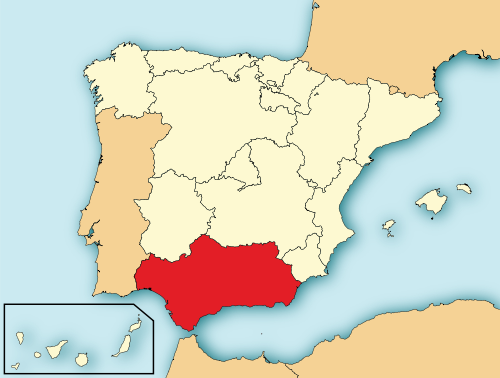10 Museums to Visit in Santiago de Compostela, Spain
Santiago de Compostela isn’t exactly a city known for its museums. As it’s the endpoint of the Camino de Santiago pilgrimage route, once you’ve checked in at the cathedral , there really isn’t that much to see and do besides checking out tapas bars in the granite-paved old town, strolling through the myriad of green parks and trails nearby, and generally relaxing after walking six hours a day for a month. That saying “it’s not the destination, it’s the journey” definitely applies to the Camino. That’s not to say there’s nothing to check out in Santiago besides the purported resting place of the Apostle St. James. Although Santiago might not have museums on the grand scale of those in Lisbon , Madrid , or Barcelona, this city has several museums, exposition halls, and centers that will tell you more about the city’s past and how it influenced the Santiago we see today. 1) The cathedral museum The reconstructed stone choir stalls Like any Spanish cathedral’s treasu...
